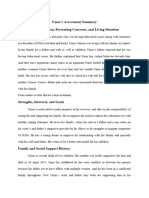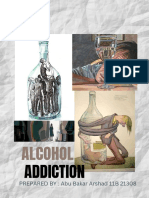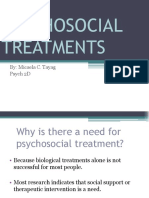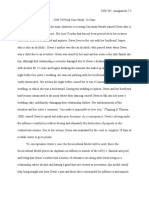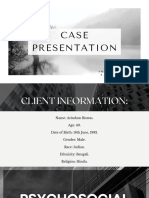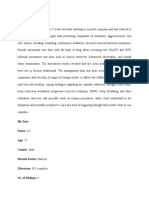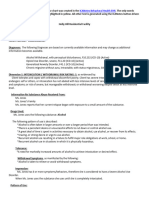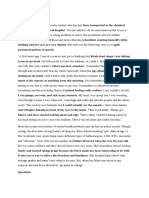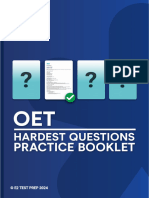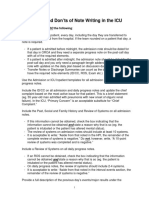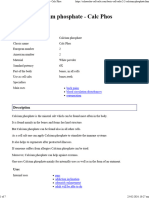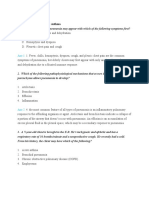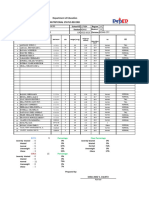0% found this document useful (0 votes)
164 views9 pagesCns 765 Assignment 7
Kym Buchman is a 28-year-old woman seeking individual counseling in addition to her group treatment for substance abuse issues. She has struggled with opioid addiction since age 16 and was involved in a car accident 10 years ago where her brother died and she feels responsible. Kym meets criteria for Opioid Use Disorder, Severe and Post Traumatic Stress Disorder related to her brother's death. As part of her inpatient treatment, she receives group therapy and is making progress, but still experiences cravings. Individual therapy is recommended to help her process her trauma and develop coping skills to avoid relapse.
Uploaded by
api-664836263Copyright
© © All Rights Reserved
We take content rights seriously. If you suspect this is your content, claim it here.
Available Formats
Download as DOCX, PDF, TXT or read online on Scribd
0% found this document useful (0 votes)
164 views9 pagesCns 765 Assignment 7
Kym Buchman is a 28-year-old woman seeking individual counseling in addition to her group treatment for substance abuse issues. She has struggled with opioid addiction since age 16 and was involved in a car accident 10 years ago where her brother died and she feels responsible. Kym meets criteria for Opioid Use Disorder, Severe and Post Traumatic Stress Disorder related to her brother's death. As part of her inpatient treatment, she receives group therapy and is making progress, but still experiences cravings. Individual therapy is recommended to help her process her trauma and develop coping skills to avoid relapse.
Uploaded by
api-664836263Copyright
© © All Rights Reserved
We take content rights seriously. If you suspect this is your content, claim it here.
Available Formats
Download as DOCX, PDF, TXT or read online on Scribd
/ 9
